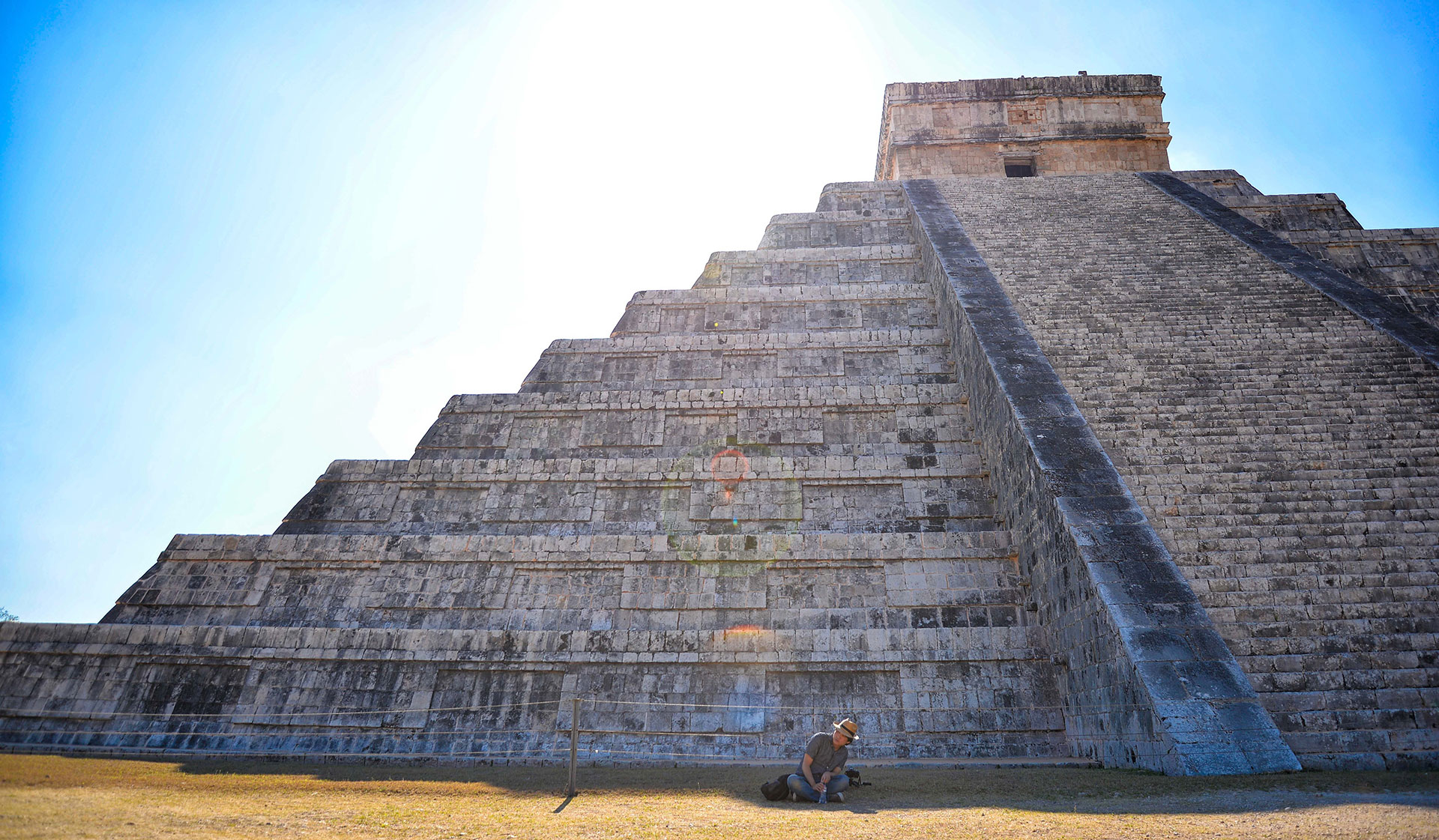Deep in the heart of the Amazon rainforest, hidden beneath a dense canopy of trees and shrouded in mystery, lies the enigmatic civilization of Kacmun. For centuries, this ancient culture remained undiscovered, known only through myths and legends passed down by indigenous tribes. Today, we embark on a journey of discovery as we unveil the secrets of Kacmun in this informative guide.
Chapter 1: The Discovery
The story of Kacmun discovery is nothing short of remarkable. In 2018, a team of intrepid archaeologists stumbled upon a series of intricate carvings deep within the Amazon jungle. These carvings, etched into stone tablets, depicted scenes of daily life, elaborate rituals, and a civilization that had previously eluded modern understanding.
The discovery sent shockwaves through the archaeological community, sparking intense interest and excitement. Researchers flocked to the site, which they soon dubbed “Kacmun,” after the indigenous name for the region.
Chapter 2: Unearthing the Past
As archaeologists dug deeper into the Kacmun site, they uncovered an astonishing array of artifacts, structures, and tombs. These findings offered a tantalizing glimpse into the life of this ancient civilization, which is believed to have thrived between 800 BCE and 1200 CE.
One of the most remarkable aspects of Kacmun culture was their mastery of agriculture. Despite the dense jungle environment, they developed innovative techniques for cultivating crops such as maize, beans, and cassava. Intricately designed terraces and irrigation systems demonstrated their deep understanding of the land.
Chapter 3: Religion and Beliefs
The spiritual beliefs of the Kacmun people were as complex and sophisticated as their agricultural practices. Their religion centered around a pantheon of gods and spirits, each associated with various aspects of nature. Rituals and ceremonies played a vital role in their society, with offerings made to appease these deities and ensure the fertility of their crops.
Elaborate temples adorned with intricate carvings and sculptures were discovered at the site. These temples served as centers of worship and were often located near the heart of Kacmun settlements, emphasizing the importance of spirituality in their daily lives.
Chapter 4: Art and Culture
Kacmun artistic achievements were another testament to their advanced civilization. Intricately crafted pottery, textiles, and jewelry showcased their skill and creativity. These artifacts not only served practical purposes but also held deep cultural and spiritual significance.
One of the most intriguing aspects of Kacmun art was their use of symbolism. Many carvings and paintings featured intricate patterns and motifs that conveyed messages and stories, though their meanings are still largely a mystery.
Chapter 5: Social Structure
The social structure of Kacmun was hierarchical, with a ruling elite at the top. This elite class likely governed the civilization and oversaw the construction of monumental architecture. Beneath them, a complex web of social classes and roles existed, with farmers, artisans, and priests playing essential roles in the functioning of the society.
Despite these divisions, evidence suggests that the Kacmun people lived in relative harmony. The tight-knit communities relied on cooperation and shared rituals to maintain social cohesion.
Chapter 6: Trade and Connections
One of the most intriguing aspects of Kacmun civilization was their apparent connectivity with distant cultures. Archaeological findings indicate the presence of trade networks that stretched far beyond the Amazon rainforest. Obsidian, a valuable material not found in the region, was discovered at the site, suggesting long-distance trade routes and cultural exchanges.
This newfound evidence challenges previous assumptions about the isolation of Amazonian civilizations and sheds light on the extent of their interactions with neighboring societies.
Chapter 7: Decline and Disappearance
The decline of Kacmun remains a subject of debate among scholars. While the exact reasons for their civilization’s downfall are still uncertain, several factors may have contributed to their demise. Environmental changes, warfare, or shifts in trade patterns could have played a role in the collapse of this once-flourishing culture.
As Kacmun gradually faded into history, their memory endured through oral traditions and legends passed down through indigenous communities. Today, the discovery of their civilization is helping to piece together the puzzle of Amazonian history.
Chapter 8: Legacy and Future Discoveries
The legacy of Kacmun extends far beyond the confines of the Amazon rainforest. Their achievements in agriculture, art, and spirituality continue to captivate the imagination of researchers and enthusiasts alike. The story of their discovery serves as a reminder of the vast depths of human history still waiting to be unearthed.
With ongoing excavations and research, it is likely that more secrets of Kacmun will come to light in the years to come. These discoveries may not only reshape our understanding of Amazonian civilizations but also shed light on the interconnectedness of ancient cultures across the globe.
Conclusion
The story of Kacmun is a testament to the enduring allure of archaeology and the boundless mysteries of our planet’s past. From their hidden civilization deep within the Amazon rainforest, the Kacmun people have emerged from obscurity to challenge our preconceptions about the history of the region and the complexity of ancient societies.
As we continue to explore and unravel the secrets of Kacmun, we are reminded that the past has much to teach us about the present and the future. The legacy of this ancient civilization serves as a beacon, guiding us through the dense undergrowth of history, inviting us to uncover the rich tapestry of human existence that lies beneath.
